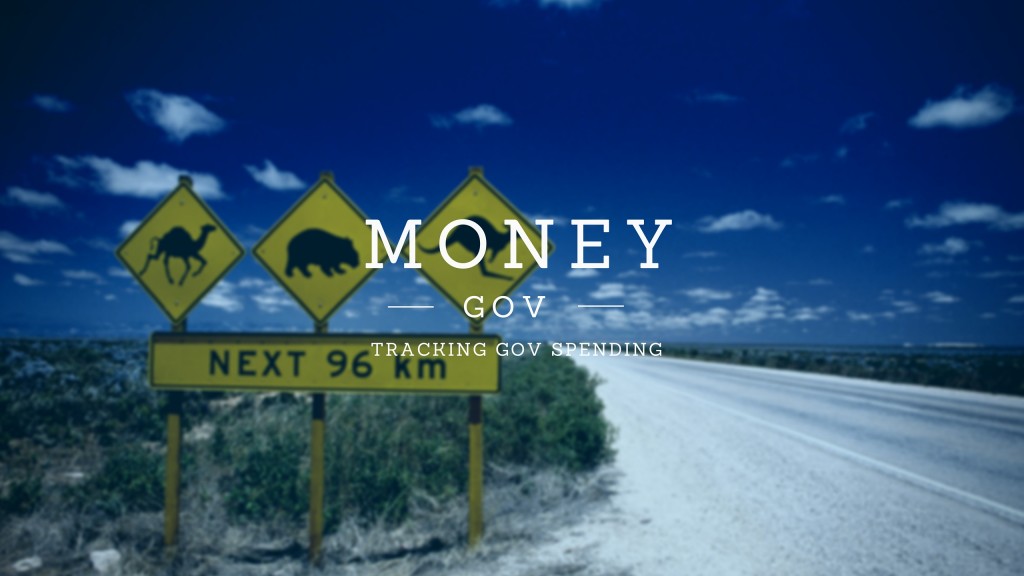
But, just as Bernstein and Woodward discovered, following the government money trail can be incredibly difficult. The reason? Funds from different programs often overlap or are reported on differently, so following a project’s funding from beginning to end can be very confusing.
One way to clear up some of that perplexity is with a new model called activity-based costing.
Justin Marlowe, Endowed Professor of Public Finance and Civic Engagement at the University of Washington, told me during GovLoop’s Spotlight interview that activity-based costing is a new way of thinking about how governments incur costs.
Public health is a good example, “To issue a heathcare awareness plan, the program carries out such activities as clinic visits and communications with social workers and doctors. Each activity requires a bundle of salaries, commodities, overhead and other costs,” said Marlowe. “Under activity-based costing, the cost per campaigns is the cost of the activities it demands. A routine outreach that involves a quick PR campaign and a few emails might cost $50. But a true health scare might cost up to $2,500 once the program accounts for all the expensive communication and coordination.”
Traditional line item budgeting doesn’t necessarily capture what it actually costs to deliver a lot of government programs and services. Activity-based costing shifts the focus from that traditional output focused model towards a method that tries to understand all of the different kinds of costs put into delivering a program or service for a government.
Activity-based costing is designed to take better account of those types of activities. Instead of focusing on programs and services, it focuses on the activities. “Whether it’s coordination, promotion, and analysis and in the case of public health, the actual cost is things like assessment in epidemiology,” said Marlowe. “We account for cost according to activities, we get a very different picture of what it costs to deliver services, but it’s usually a picture that better reflects the way costs are actually incurred.”
Marlowe explains the three main impediments to activity-based costing:
- Government services don’t lend themselves to a really clear measure of an output or outcome. The activity-based concept works really well if you’re able to roll up all of those activities. It works if you can calculate the total cost of providing the services in dollars, and then drill down to the cost per visit, or the cost per counseling session, or the cost per whatever it is that that program does, is X dollars. Activity-based costing tends to lose steam when you put it in settings where it’s not quite clear how to roll that cause information to an actual decision making process.
- There is no natural political constituency for cost efficiency. It’s very difficult to make decisions about government programs exclusively on the basis of efficiency. We tend to think about programs in terms of, do they serve my constituents? Is this program serving an underserved area? Whether or not the program is run efficiently is one of many considerations. Activity-based costing is really good at identifying those efficiencies, but it doesn’t have a whole lot to say about concerns like fairness and equality.
- When you use and activity-based costing model, you tend to find that certain programs probably cost a lot more than what they should. But in some instances like public safety, you find a lot of police departments probably don’t need to have their own SWAT team. But maybe for the public’s peace of mind, it’s worth it. And there’s nothing necessarily wrong with that, but it makes it difficult to apply activity based costing broadly because if one program efficiency matters, and if another program it doesn’t matter it creates an imbalance.
Tight Budgets Lend Themselves to Activity-Based Costing
Efficiency for the sake of efficiency is not usually a compelling reason to do anything in government. “In the current environment, there are a lot of governments that have gone as far as they can go with do more with less,” explained Marlowe. “They now have to ask should we be doing this at all. To answer those questions, you really need to be able to look at service delivery costs in a meaningful way. Activity-based costing is a very good way to do that.”
If you have costs measured on an activity basis, and a potential contractor or potential nonprofit has measured their costs on an activity basis, it makes it possible to do an actual apples to apples comparison of what it would cost for the government to deliver that service, versus someone else to deliver that service.
Activity-based costing might not be perfect, but it definitely could have made Woodward and Bernstein’s job a little easier.
To learn more, you can read Marlowe’s piece in Governing Magazine.
